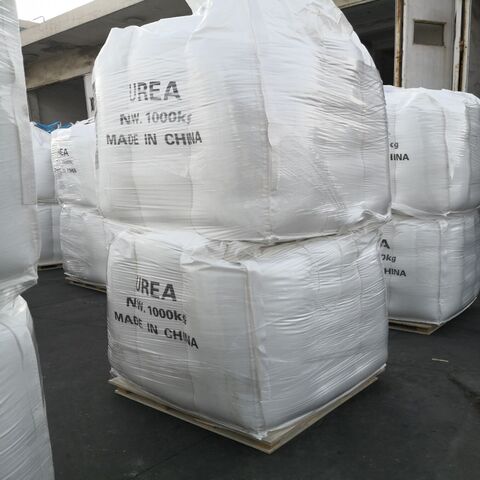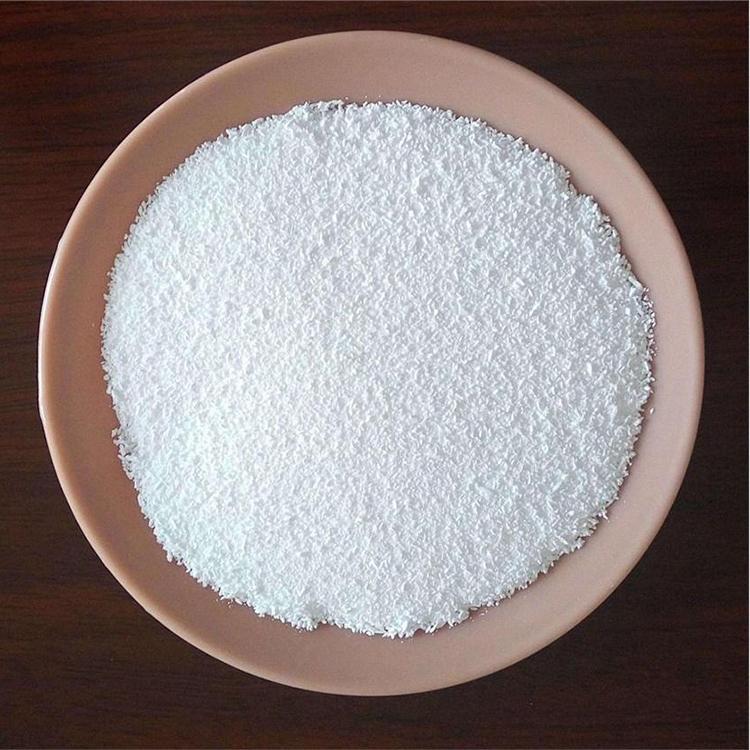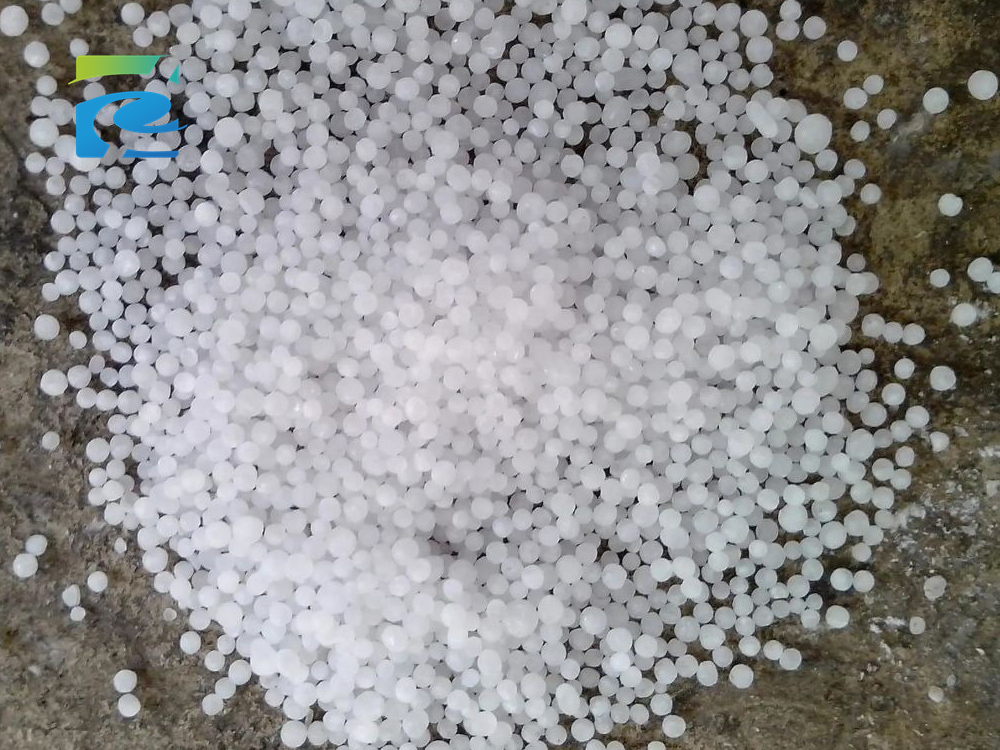1, chemical raw materials according to the source of the material can generally be divided into two categories of organic chemical raw materials and inorganic chemical raw materials.
(1) organic chemical materials
Can be divided into alkanes and their derivatives, olefins and their derivatives, alkynes and derivatives, quinones, aldehydes, alcohols, ketones, phenols, ethers, anhydrides, esters, organic acids, carboxylates, carbohydrates, heterocyclic, nitriles, halogenated, amine acyl class.
(2) Inorganic chemical materials
The main raw materials of inorganic chemical products are chemical minerals containing sulfur, sodium, phosphorus, potassium, calcium and other chemical minerals (see inorganic salt industry) and coal, petroleum, natural gas, as well as air, water and so on. In addition, many industrial by-products and waste, is also the raw material of inorganic chemicals, for example: the iron and steel industry in the coke production process of coke oven gas, which contains ammonia can be recovered from sulfuric acid made of ammonium sulfate, chalcopyrite, galena, sphalerite, smelting of sulfur dioxide can be used for the production of sulfuric acid and other waste gas.
2, according to the production process, can be divided into starting materials, basic raw materials and intermediate raw materials.
(1) starting materials
Beginning raw materials is the first step in the chemical production of raw materials, such as air, water, fossil fuels (i.e., coal, oil, natural gas, etc.), sea salt, a variety of minerals, agricultural products (such as starch-containing grains or wild plants, cellulose-containing wood, bamboo, reeds, straw, etc.).
(2) Basic raw materials
Basic raw materials are obtained by processing the starting materials, such as calcium carbide and various organic and inorganic raw materials listed above.
(3) Intermediate raw materials
Intermediate raw materials, also known as intermediates, generally refers to the complex organic chemical production, the basic raw materials with the production of products, but not the final application of the product, but also need further processing. For example, the production of dyes, plastics and pharmaceuticals, a variety of organic compounds: methanol, acetone, vinyl chloride and so on.
News
 Urea is deteriorating, but ammonium sulfate exports are breaking new recordsIn recent days, the price of urea market has continued to decline, and it is difficult to improve. Only driven by futures, it occasionally rises and then falls again. Domestic urea production capacity is in excess, the market supply exceeds demand, urea enterprises are under obvious pressure, and the new orders are not good
Urea is deteriorating, but ammonium sulfate exports are breaking new recordsIn recent days, the price of urea market has continued to decline, and it is difficult to improve. Only driven by futures, it occasionally rises and then falls again. Domestic urea production capacity is in excess, the market supply exceeds demand, urea enterprises are under obvious pressure, and the new orders are not good What are the demand factors for urea among chemical products? How does this demand affect the market price?As an important chemical product, the demand for urea is affected by a variety of factors, and changes in these demand factors will cause significant fluctuations in market prices.
What are the demand factors for urea among chemical products? How does this demand affect the market price?As an important chemical product, the demand for urea is affected by a variety of factors, and changes in these demand factors will cause significant fluctuations in market prices. Latest chemical commodity cost analysis: urea and methanol are losing moneyCost data for 12 chemical commodities in the futures market have been updated. According to the latest information provided by market information, the trading prices of key chemical products such as urea, methanol, liquefied petroleum gas (LPG),
Latest chemical commodity cost analysis: urea and methanol are losing moneyCost data for 12 chemical commodities in the futures market have been updated. According to the latest information provided by market information, the trading prices of key chemical products such as urea, methanol, liquefied petroleum gas (LPG), Urea breaks out with big gains due to export newsCore view: Methanol futures prices have obvious seasonality. In the first half of the year, they tend to rise and then fall. In the second half of the year, the golden September and silver October will drive prices up. As November approaches, speculation on Iran's gas restrictions will be rampant. Methanol may have some big market trends at 2509 or 2601.
Urea breaks out with big gains due to export newsCore view: Methanol futures prices have obvious seasonality. In the first half of the year, they tend to rise and then fall. In the second half of the year, the golden September and silver October will drive prices up. As November approaches, speculation on Iran's gas restrictions will be rampant. Methanol may have some big market trends at 2509 or 2601. Urea, do you really understand?Urea has many uses, besides being known as chemical fertilizer, there are also some daily uses, such as ointment sold in pharmacies, putty powder for painting walls during decoration, etc., but the main use is to be used as fertilizer in the field. As a fertilizer
Urea, do you really understand?Urea has many uses, besides being known as chemical fertilizer, there are also some daily uses, such as ointment sold in pharmacies, putty powder for painting walls during decoration, etc., but the main use is to be used as fertilizer in the field. As a fertilizer Urea: a multifunctional basic chemical raw materialUrea, also known as urea or carboxamide, is an organic compound with white crystals. It is composed of carbon, nitrogen, oxygen and hydrogen, and is known as one of the simplest organic molecules. As a neutral fertilizer, urea is suitable for all kinds of soils and plants, and it is easy to store and use
Urea: a multifunctional basic chemical raw materialUrea, also known as urea or carboxamide, is an organic compound with white crystals. It is composed of carbon, nitrogen, oxygen and hydrogen, and is known as one of the simplest organic molecules. As a neutral fertilizer, urea is suitable for all kinds of soils and plants, and it is easy to store and use





